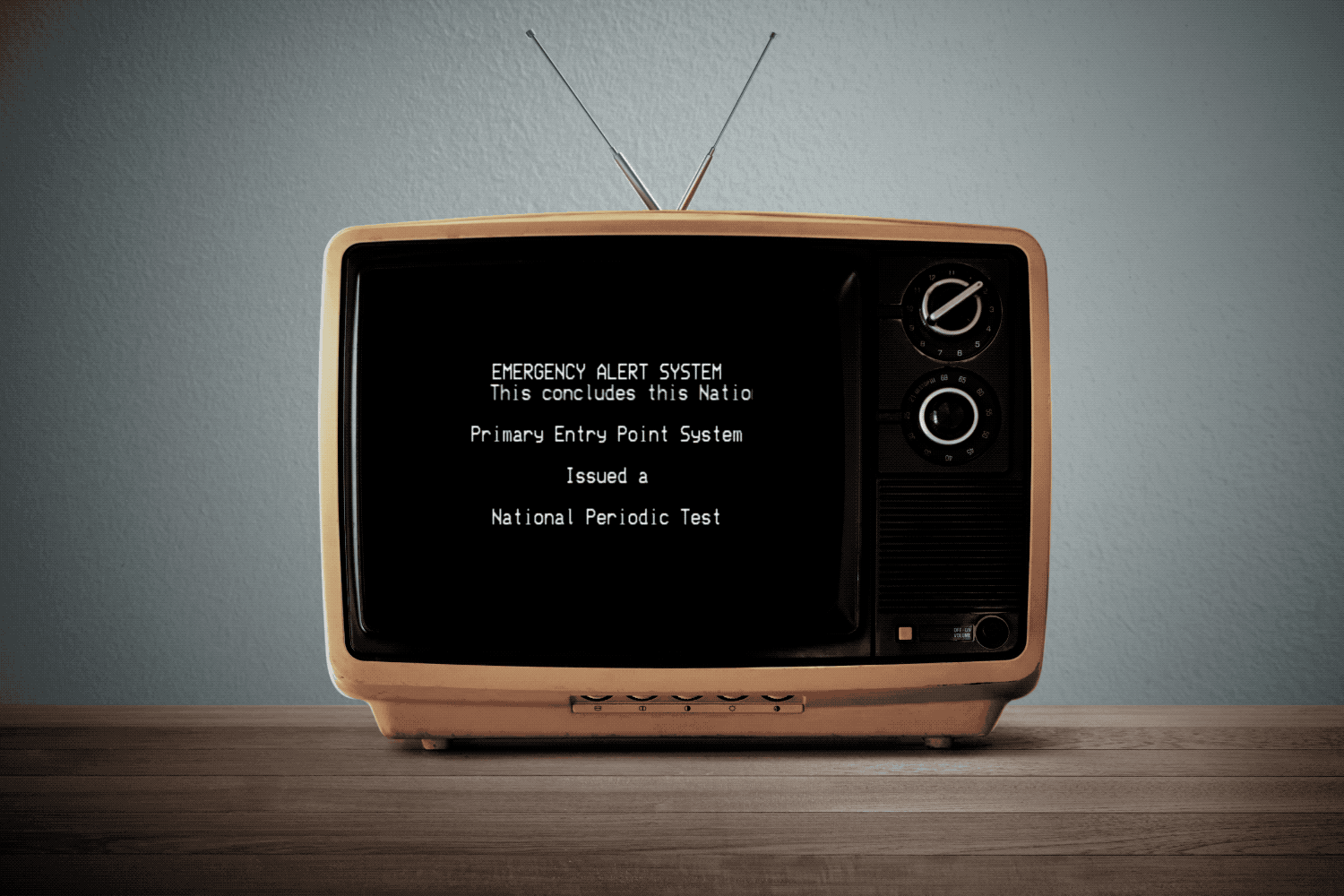Financial News
FEMA will buzz phones, TVs and radios to test the national emergency alert system
FEMA will test its national emergency alert system later this week. Image: Getty Images
Mark your calendars. This Wednesday will be the first nationwide test of the U.S. emergency alert system since the pandemic.
The test will run both the Emergency Alert System (EAS), which broadcasts an emergency tone and message on televisions and radios, and the Wireless Emergency Alerts (WEA), a newer system that sends emergency notifications to smartphones. It will be the second nationwide test of the WEA after its debut in 2018, and the first test for those who have chosen to opt-in to tests.
This time around, the EAS will broadcast the all-too-familiar high-pitched buzz to televisions and radios at around 2:20pm ET. At the same time, the WEA system will broadcast the same tone and message to U.S. cell phones that have opted-in to receive alerts. (You can check your phone settings under “Emergency Alerts.”)
The Federal Emergency Management Agency, or FEMA, runs the test every year or two to ensure the system is working properly. It’s no small task: a national emergency alert system that can broadcast a message to potentially hundreds of millions of people at any given time is fraught with technological hurdles that require close co-operation from the cell carriers and broadcast networks.
The EAS system has been around since the late 1990s, but WEA was developed in the past few years as Americans increasingly moved from televisions and radio and to our phones. WEA alerts, like EAS alerts, are designed to be sent by local and state authorities for public safety alerts, missing children, and imminent threats, such as severe weather. More recently, FEMA rolled out “presidential alerts,” which are supposed to be sent to every phone in the U.S. in the event of a national emergency. Presidential alerts, unlike other alerts, can be issued by the president for any reason, and Americans cannot opt out.
WEA broadcasts emergency notifications through the cell towers of an affected area — such as an area about to be hit by a storm — rather than sending tens of millions of text messages, which would grind the cell networks to a halt. The alerts are created by local, state or federal authorities and are authenticated by FEMA through the Integrated Public Alert & Warning System, or IPAWS, and then passed to cell carriers to deliver the emergency alert.
Since the last nationwide test, FEMA said it has improved WEA to send longer, detailed messages to the majority of phones that support it, as well as support for sending alerts in Spanish to phones when the default language is set to Spanish. The update also allows authorities to include tappable links, like web addresses.
The emergency alert system, though, is far from perfect. In 2018, an erroneous alert sent to Hawaii residents warned of an imminent ballistic missile threat,” and that “this is not a drill.” Minutes later, the alert was canceled. The false warning came as tensions between the U.S. and North Korea were at an all-time high, during which Pyongyang was regularly test-firing rockets used for its nuclear weapons program.
Security experts have also long warned that the EAS systems pose security risks. Last year, researchers found dozens of internet-connected, special-purpose servers, used by television and radio stations to interrupt their broadcasts to relay an emergency alert, which they said could allow a hacker to break in and compromise the servers.
FEMA just sent a ‘Presidential Alert’ to millions of U.S. phones
Stock quotes supplied by Barchart
Quotes delayed at least 20 minutes.
By accessing this page, you agree to the following
Privacy Policy and Terms and Conditions.



